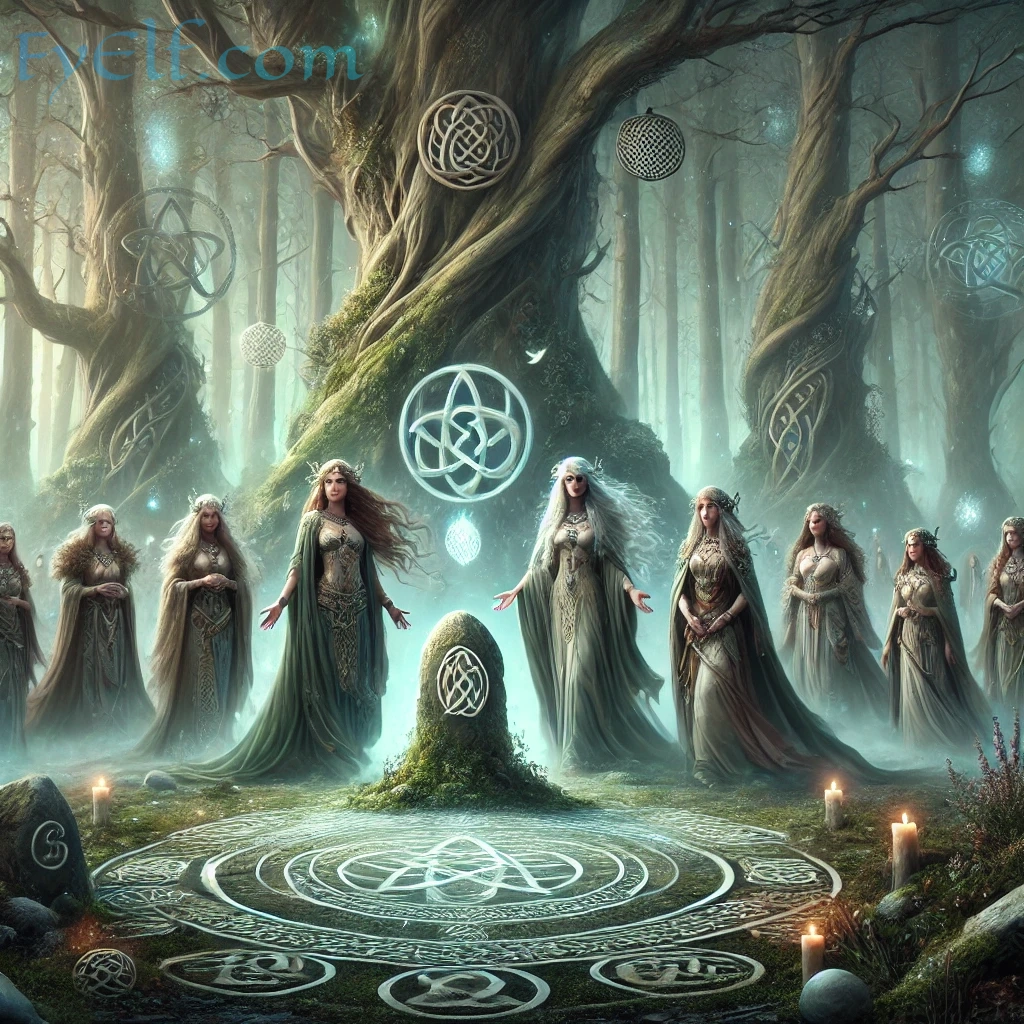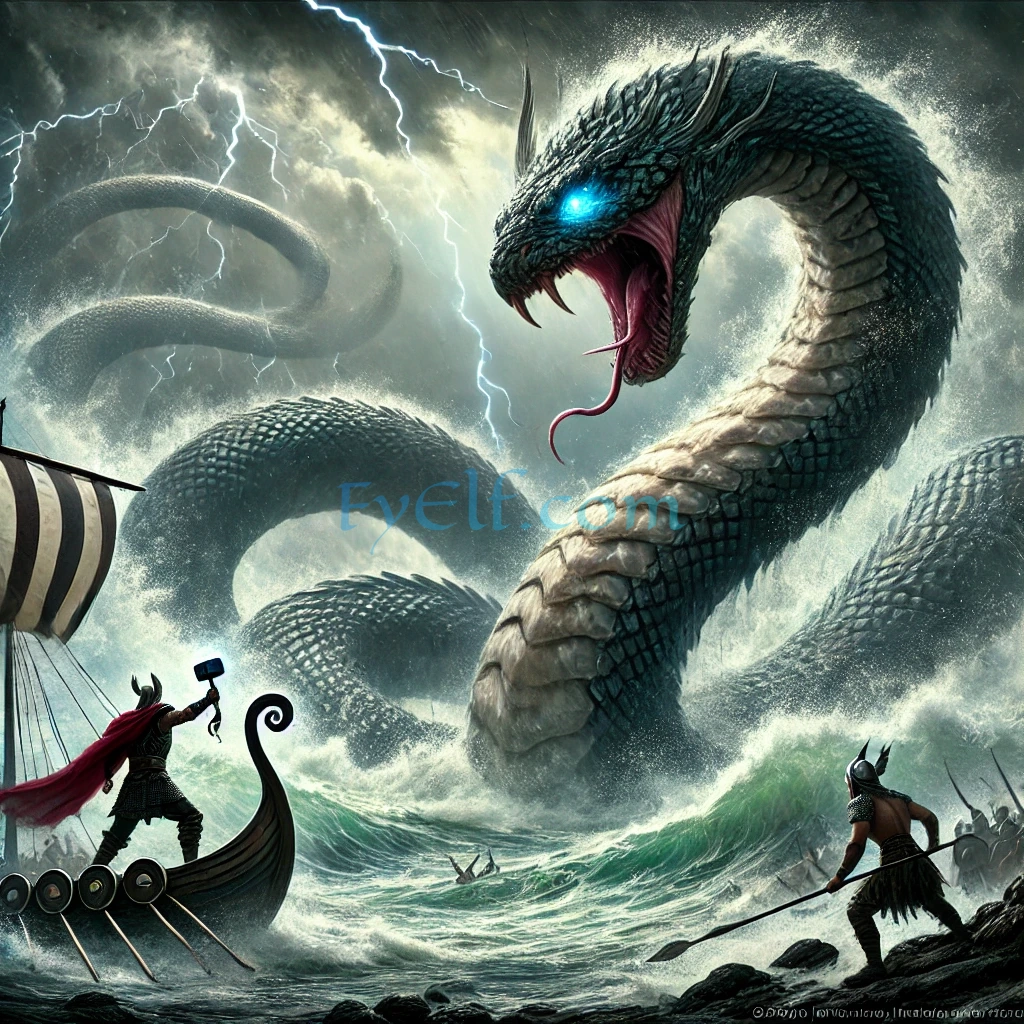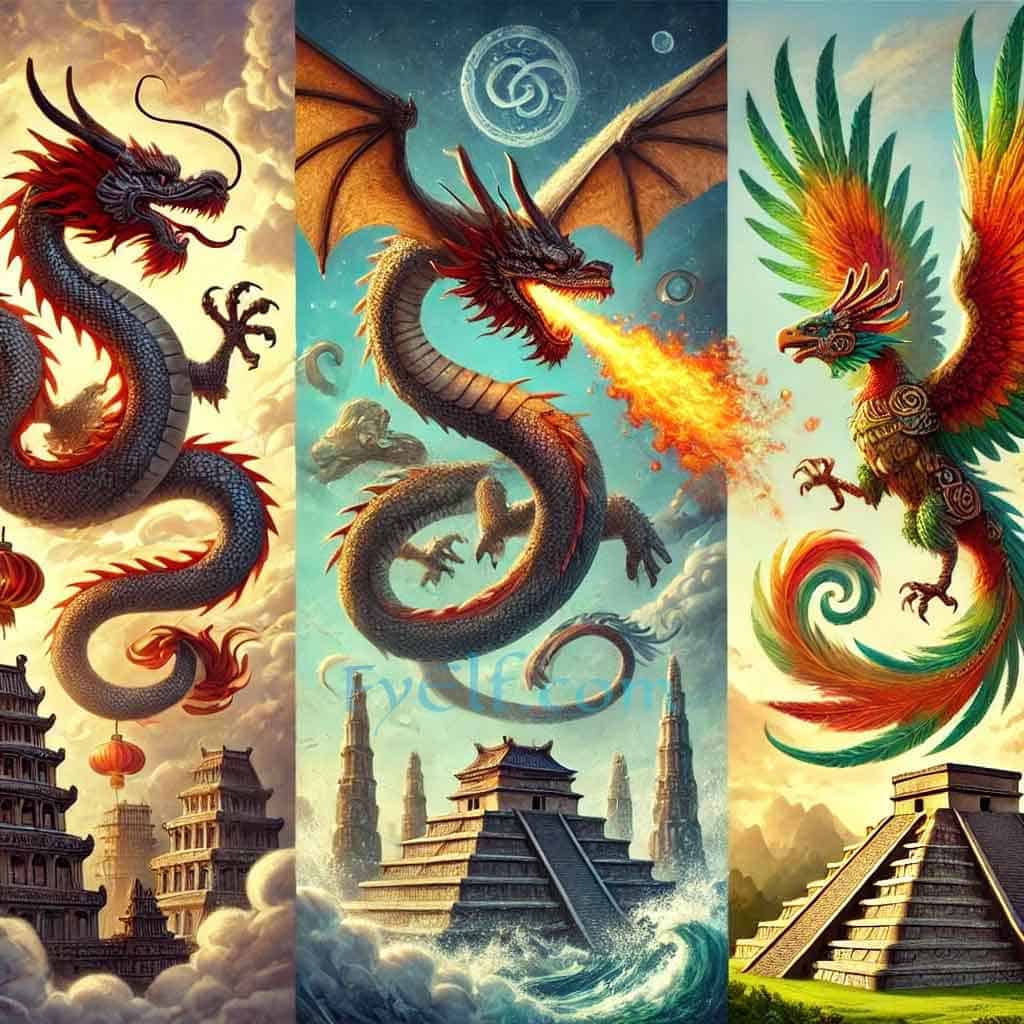One of the most famous and terrifying creatures in Greek mythology is the Minotaur—a half-man, half-bull monster. The Minotaur’s legend is closely tied to the ancient civilization of Crete, the majestic Palace of Knossos, and the genius inventor Daedalus. This beast was both a symbol of terror and mystery, embodying the duality of man and beast, and the darker sides of human nature.
Origins of the Minotaur
The Minotaur’s story begins with King Minos of Crete, who sought to prove his divine right to rule by making a pact with the sea god Poseidon. Poseidon sent a majestic white bull from the sea, expecting Minos to sacrifice it in his honor. However, King Minos, captivated by the bull’s beauty, kept it for himself. Enraged by this betrayal, Poseidon cursed Minos’s wife, Pasiphaë, to fall in love with the bull. From this unnatural union was born the Minotaur—a creature with the body of a man and the head of a bull.
The Labyrinth
Ashamed of the monstrous child, King Minos had the Labyrinth constructed by the brilliant architect Daedalus. This elaborate maze was designed to imprison the Minotaur, who feasted on human flesh. Every year, Athens was forced to send seven young men and seven young women to Crete as tributes to be sacrificed to the Minotaur, ensuring the monster remained fed and contained.
Theseus and the Slaying of the Minotaur
The Minotaur’s reign of terror came to an end when Theseus, the prince of Athens, volunteered to be one of the sacrificial tributes. Armed with courage and aided by King Minos’s daughter Ariadne, Theseus entered the Labyrinth to face the Minotaur. Ariadne had given Theseus a ball of thread to unspool as he ventured into the maze, ensuring he could find his way out after the battle.
In the heart of the Labyrinth, Theseus confronted the Minotaur and, after a fierce battle, defeated the beast with his sword. Thanks to Ariadne’s thread, he safely navigated his way back out of the maze, ending the Minotaur’s reign of terror and saving Athens from further sacrifice.
Symbolism and Legacy
The Minotaur represents the untamable beast within human nature, a symbol of the dangers that lie when man succumbs to base instincts. The Labyrinth itself is a metaphor for the complexity of the human mind—a maze of choices, consequences, and inner demons.
In art, literature, and modern interpretations, the Minotaur continues to be a popular figure, embodying themes of power, control, and the struggle between man and beast. His story has been retold in various forms, from ancient frescoes to contemporary novels and films.
The Minotaur in Modern Culture
Today, the Minotaur’s story appears frequently in popular culture, from films and books to video games. He remains an iconic figure in mythology, representing the ultimate challenge of facing one’s fears and defeating the monsters within.
Conclusion
The Minotaur’s tale is one of tragedy, betrayal, and redemption. It has endured through centuries, inspiring countless works of art and literature. This beast of the Labyrinth serves as a reminder of the darker sides of human nature, where unchecked desires can lead to destruction, and only courage and cleverness can set things right.




